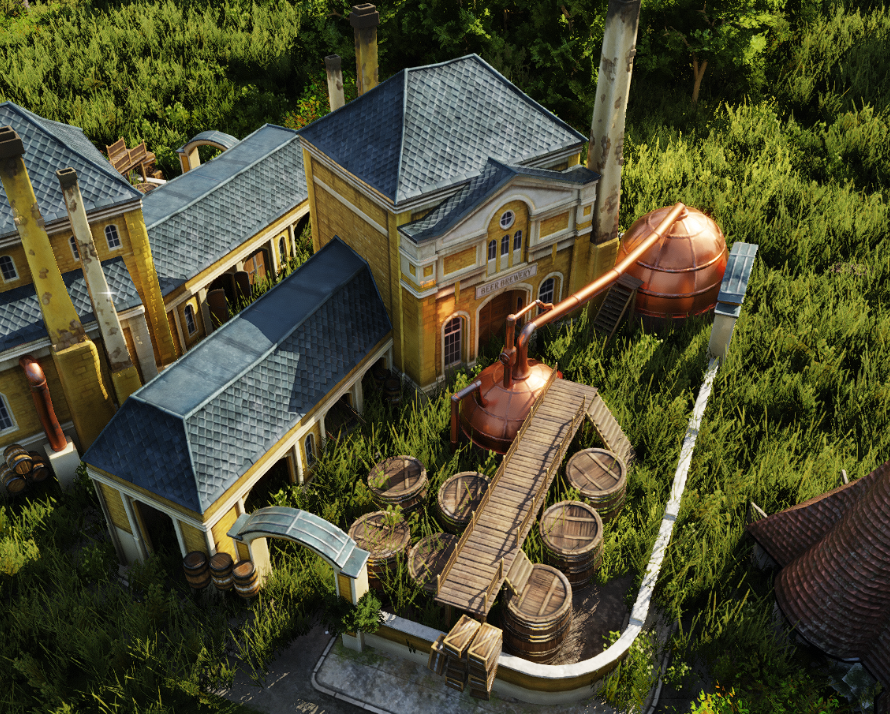Rendering visually convincing and realistic images requires accurate lighting computation. Path tracing has long been used in offline rendering to achieve this goal. Recent graphics processing unit (GPU) advancements and new sampling algorithms enable path tracing in real-time. This thesis investigates whether real-time path tracing on commodity hardware is feasible for the current generation of video games. We integrate and evaluate a real-time path tracer into an existing game engine and provide an in-depth investigation of performance and memory measurements. Our case study is done with Anno, a state of the art city building game series that renders large and highly dynamic user-built scenes. We present an efficient hybrid rendering pipeline able to compute path traced indirect lighting in real-time within the memory limits of consumer hardware. To solve observed performance and memory issues, we contribute two novel path tracing methods:
Light path guided culling tracks the number of light paths passing regions of the scene. The information is used to only selectively build and maintain the required parts of the scene representation in graphics memory. This technique allows for increased visual quality, improved performance, and significantly reduced memory consumption compared to existing simple heuristics for partial scene representation. This generic method can be combined with various kinds of hardware accelerated ray tracing methods.
Stochastic vegetation ray skipping is employed to allow fast ray tracing in scenes with high amounts of vegetation. We present a method employing hybrid rendering, relying on rasterization for primary rays and direct lighting where possible, and a heuristic utilizing ray skipping through entire vegetation instances to speed up indirect lighting computation. This method provides ray tracing speedups of factors greater than two for vegetation-heavy scenes and proves crucial to achieving real-time performance.
